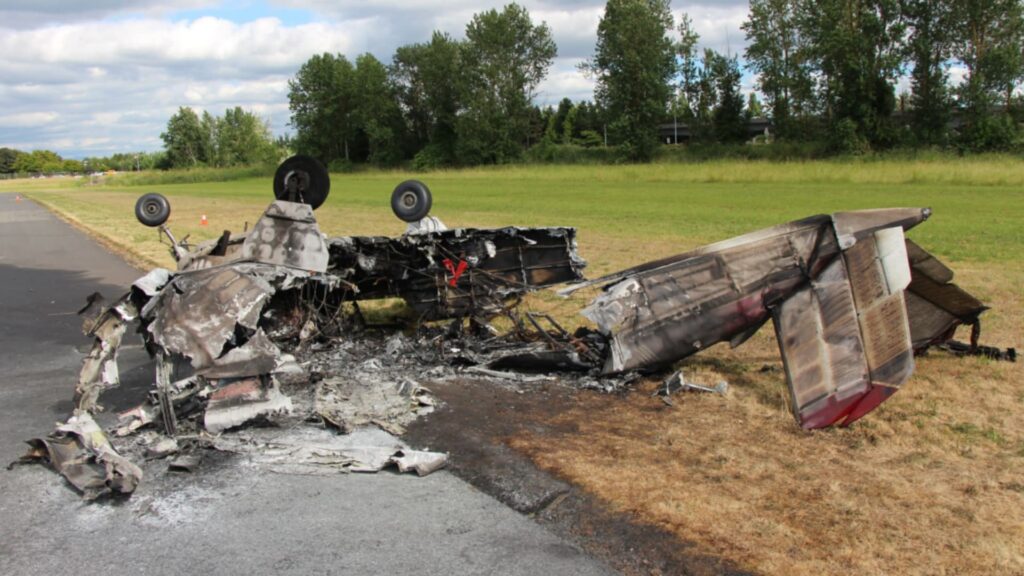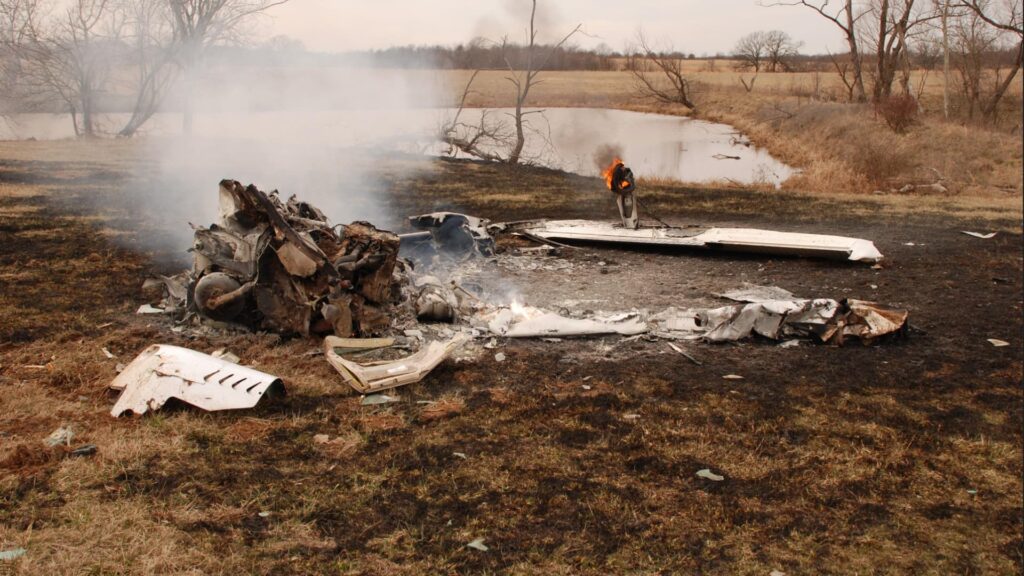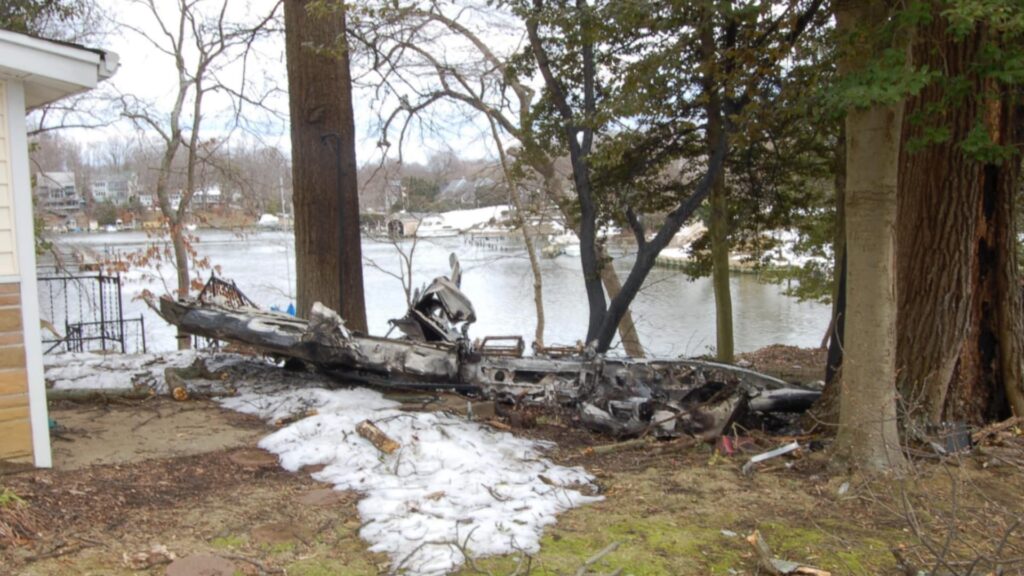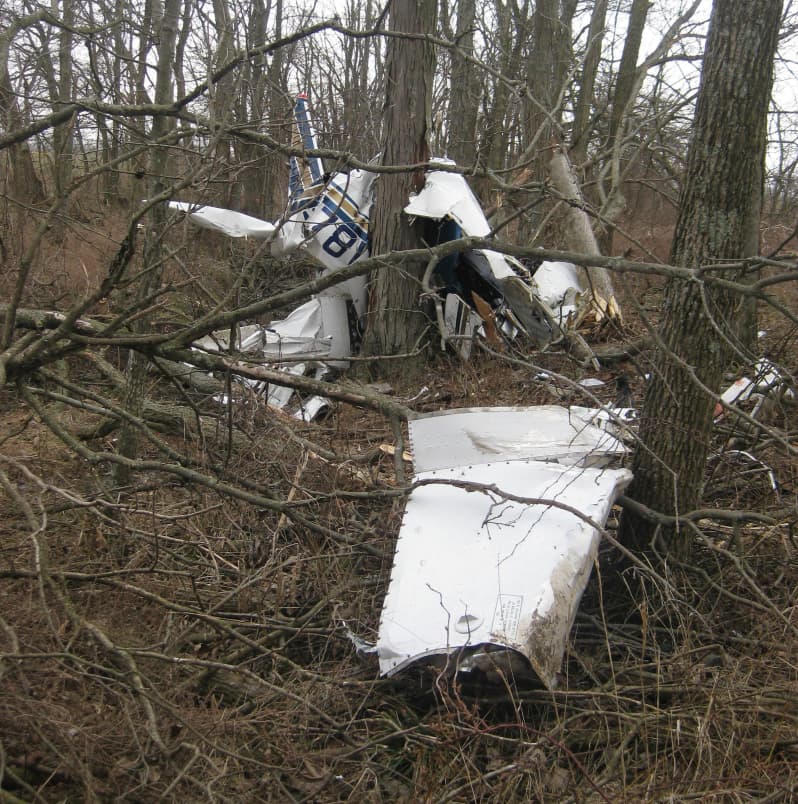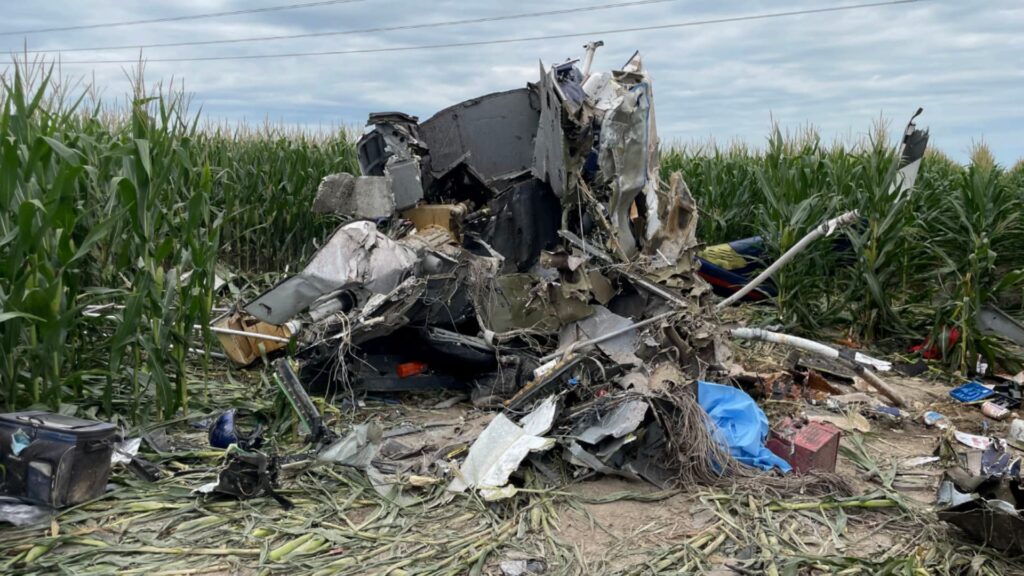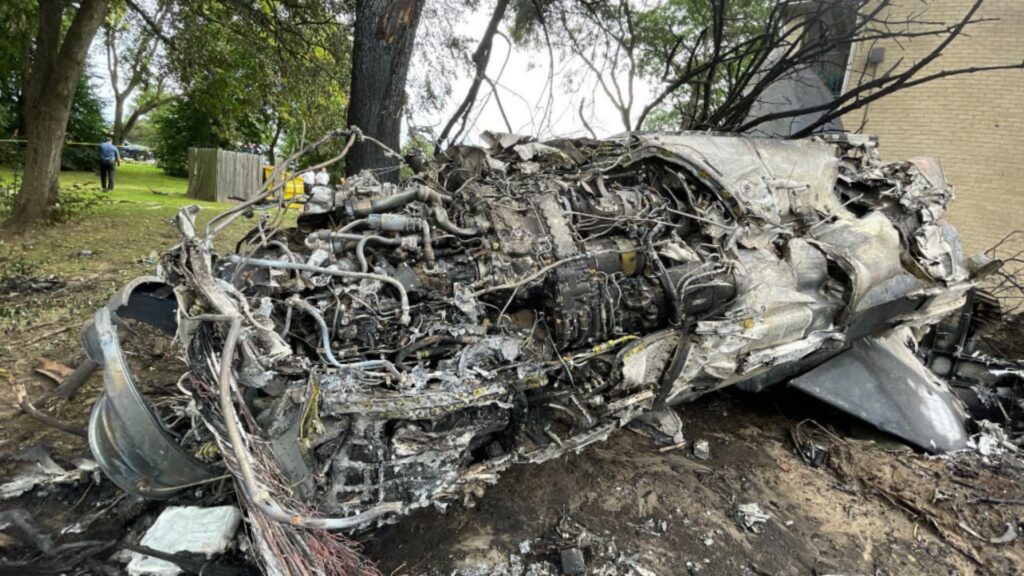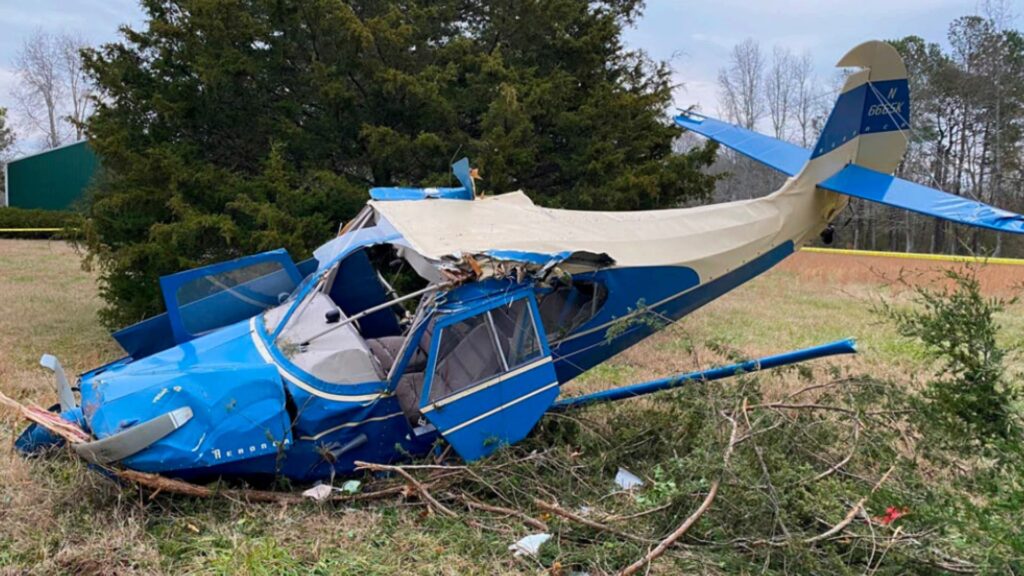The Flight That Morning
On June 28, 2022, a Beechcraft V35B Bonanza, tail number N444PM, lifted off from Pearson Field (VUO) in Vancouver, Washington, just after 7:20 a.m. The 64-year-old pilot was flying under Part 91 for personal reasons, and conditions at the time were visual, though visibility was variable. He wasn’t a professional aviator, but he had been flying for years. He held a private pilot certificate with single-engine land privileges, and he had logged an estimated 600 total flight hours across his career. While his exact time in this particular Bonanza wasn’t recorded, friends who flew with him confirmed that he was familiar with the airplane and had practiced both normal and accelerated stalls in it.
The Bonanza itself was a 1976 model with about 2,484 hours on the airframe. Its Continental IO-520-BA engine delivered 285 horsepower through a retractable tricycle gear setup. Maintenance records showed it had passed its last annual inspection just a year earlier and had flown only 39 hours since.
Weather and the Decision to Return
Shortly after departure, the pilot realized conditions weren’t what he expected. He initially planned to continue eastbound, but by 7:26 he told Portland Tower that clouds were lower than forecast and that he’d circle back. He even mentioned flying toward Vancouver Lake to “see if this clears.” After some troubleshooting of a transponder issue with ATC, he made the call—he’d return to Pearson.
By 7:34, the controller confirmed the pilot had the airport in sight and released him from radar services, instructing him to switch to Pearson’s common traffic advisory frequency. At 7:35, the pilot announced he was entering the downwind leg for runway 26. That would be his last transmission.
The Turn That Went Wrong
Surveillance video and ADS-B data later reconstructed those final moments. Instead of flying his usual wider downwind and turning onto base abeam a landmark building about half a mile out, the pilot turned early. This set him up for a tighter-than-normal base leg. By the time he reached the final approach path, he had to crank in a steep right bank to realign with the runway threshold.
The data showed he was descending at about 1,000 feet per minute, airspeed around 80 knots calibrated, and holding modest bank angles on base. But when that steep turn came in, the bank exceeded 60 degrees. At that load factor, the stall speed of the Bonanza jumped above 80 knots. The airplane was only indicating about 73 knots. The result was predictable: an accelerated stall.
Video showed the Bonanza rolling further right, the wing dropping toward vertical, and then the nose striking just past the runway threshold. The aircraft erupted in flames and slid inverted down the pavement. The impact and post-crash fire destroyed the airframe. Tragically, the pilot did not survive.
The Human Side
Medical findings revealed the pilot had significant coronary artery disease, with blockages between 50% and 80%. But investigators found no evidence that a sudden incapacitating event occurred. His communications with ATC were clear, and his flying up until the last turn looked stable. Family members described him as healthy, active, and showing no signs of distress that morning.
Instead, the accident pointed toward decision-making in the pattern. The improper early turn to base leg compressed his geometry, and instead of executing a go-around when the approach became unstable, he pressed on. That choice left him needing a sharp correction on short final, and the steep turn set the stage for the stall.
The Safety Lessons
The NTSB called the probable cause the pilot’s decision to execute a steep turn to final, which exceeded the Bonanza’s critical angle of attack and led to an accelerated stall. Contributing factors included his improper base leg positioning and decision not to go around.
The takeaway here is simple but critical: when you find yourself out of position in the pattern, the safest tool in the bag is the go-around. Tightening the turn may feel like a correction in the moment, but the physics of load factor and stall speed don’t cut pilots any slack. Especially in high-performance airplanes like the Bonanza, steep base-to-final corrections can end in disaster.
It’s also worth remembering how quickly a normal flight can deteriorate. The pilot had only been airborne about 17 minutes from takeoff to impact. He was in familiar territory, at his home airport, flying an airplane he knew. The sequence wasn’t about weather or mechanical failure—it was about geometry, judgment, and a split-second choice in the pattern.
Closing Thoughts
Every pilot knows the pressure of wanting to “make the runway” when things aren’t lining up. But the go-around is not a failure; it’s the smart option. This accident underscores how even experienced pilots can fall into the trap of trying to salvage a tight approach. The laws of aerodynamics don’t leave room for negotiation, and steep turns at low altitude give little margin for recovery.
The story of N444PM is a sobering reminder of why stabilized approaches and conservative decision-making matter so much. Pearson Field will always have traffic, weather, and the everyday challenges of a busy pattern. But as this accident shows, safety is often about choosing the reset button rather than pushing into a situation where the options quickly run out.

